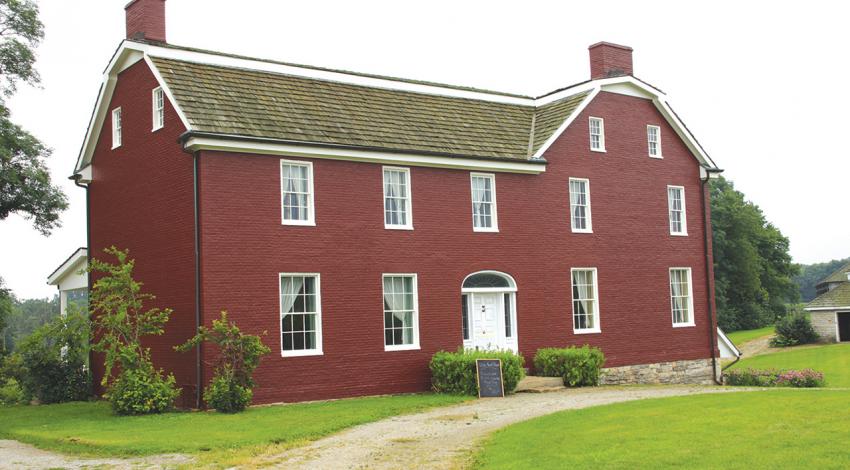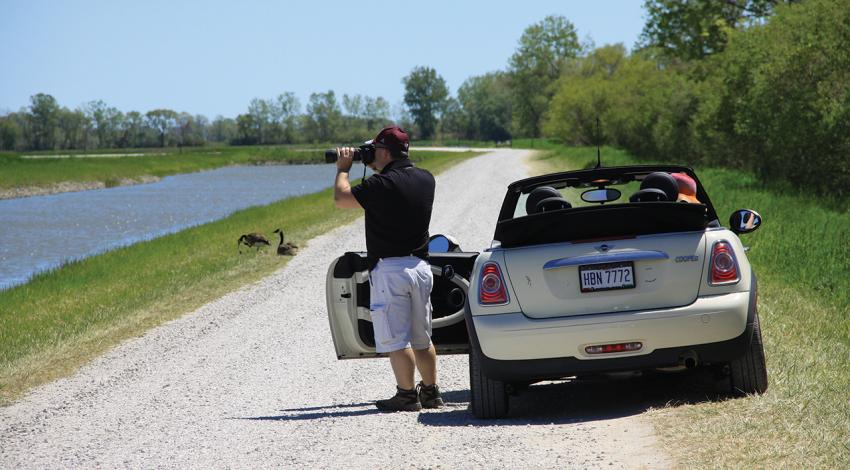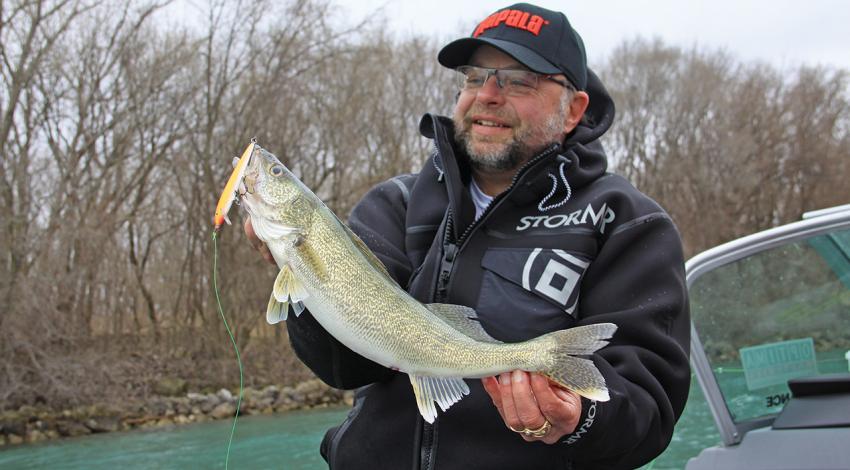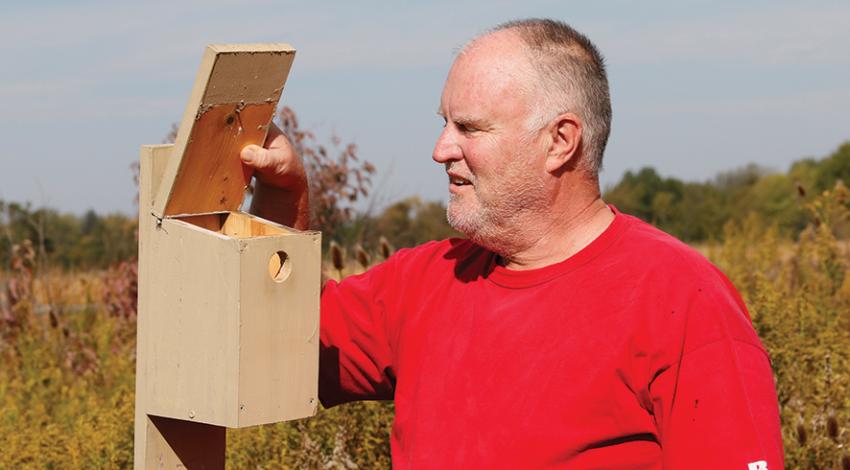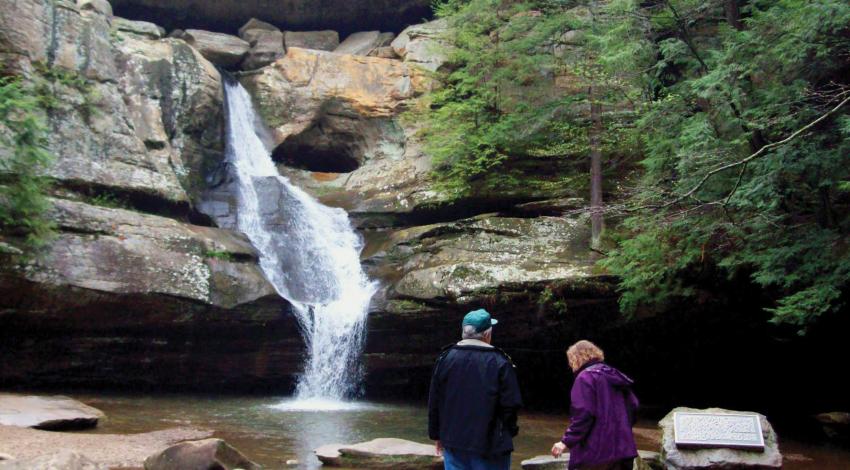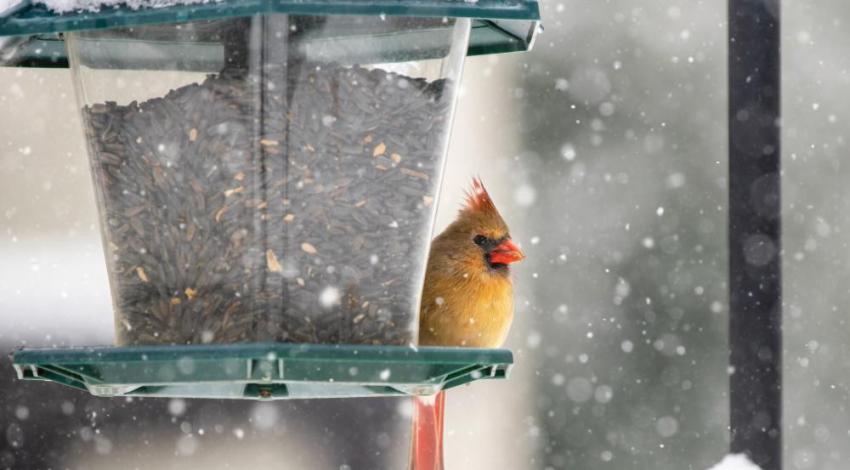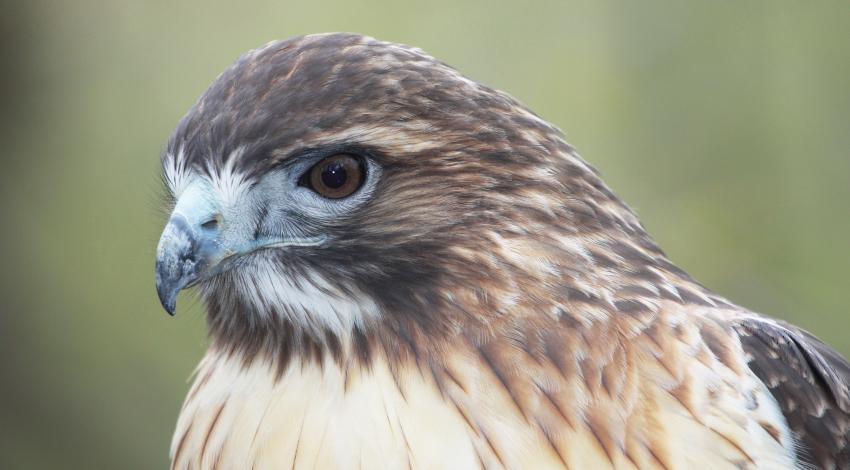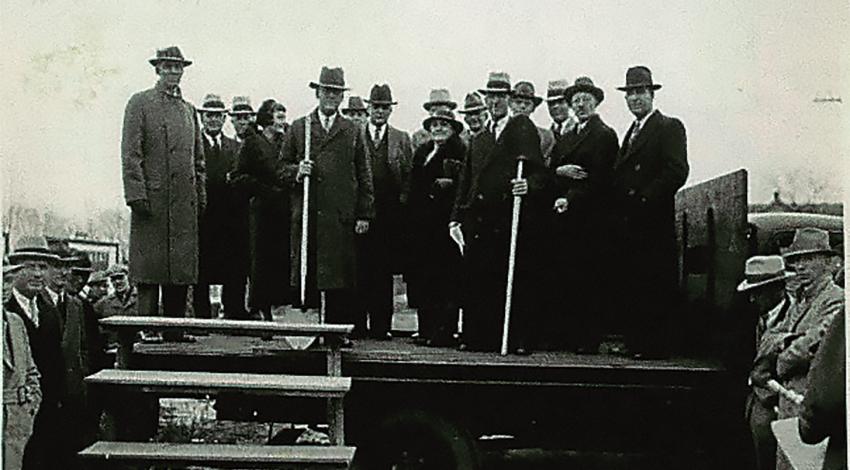What is it that attracts us to lighthouses? Could it be their immovable stability in an ever-changing world? Mute guides to somehow show us the way, much as they do for wayward sailors?
Whatever the reason, people have been visiting the Marblehead Lighthouse on Lake Erie at the mouth of Sandusky Bay for nearly two centuries, ever since its construction in 1821. It’s the oldest lighthouse in continuous service anywhere on the Great Lakes.



